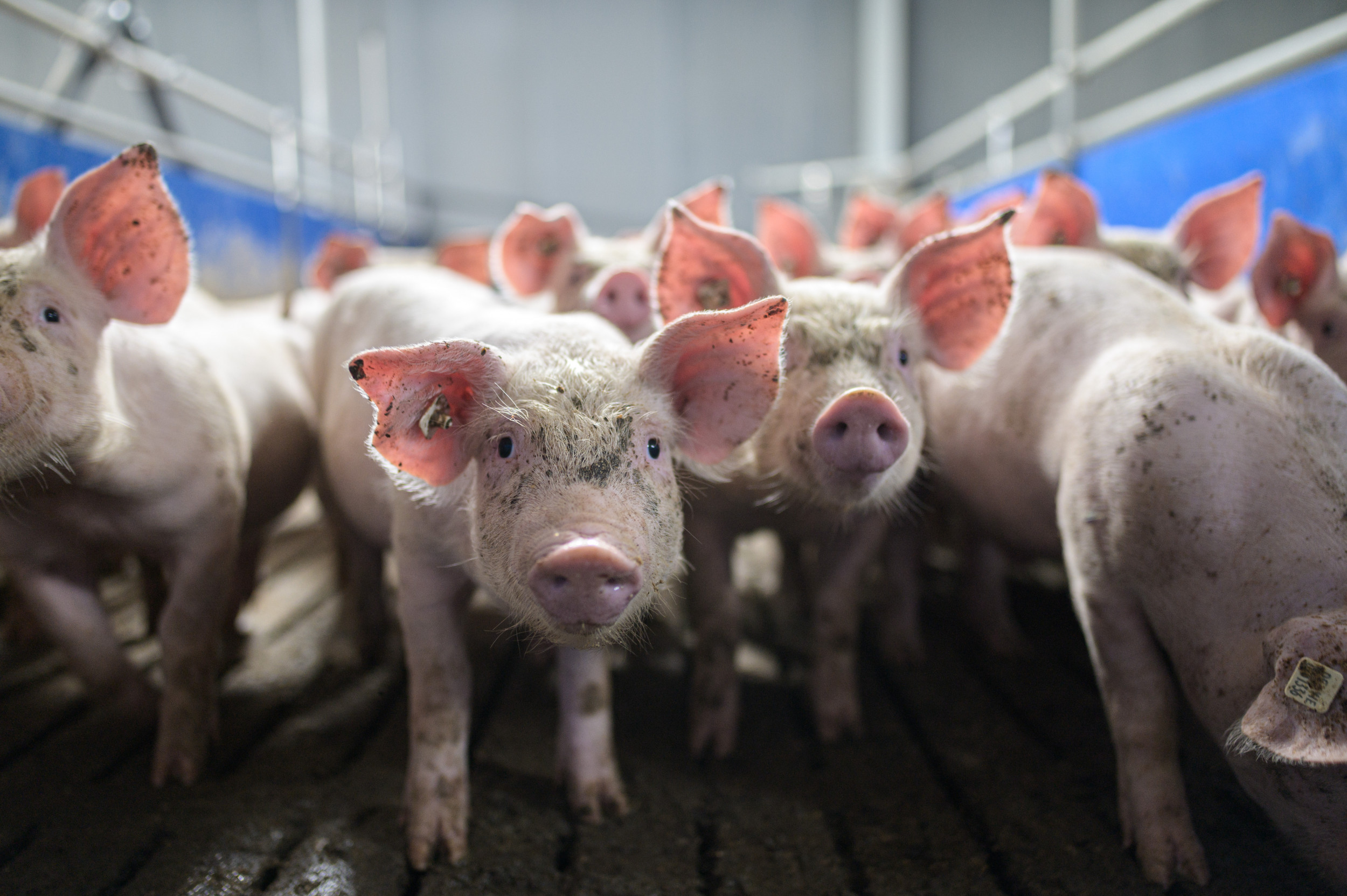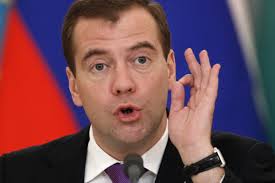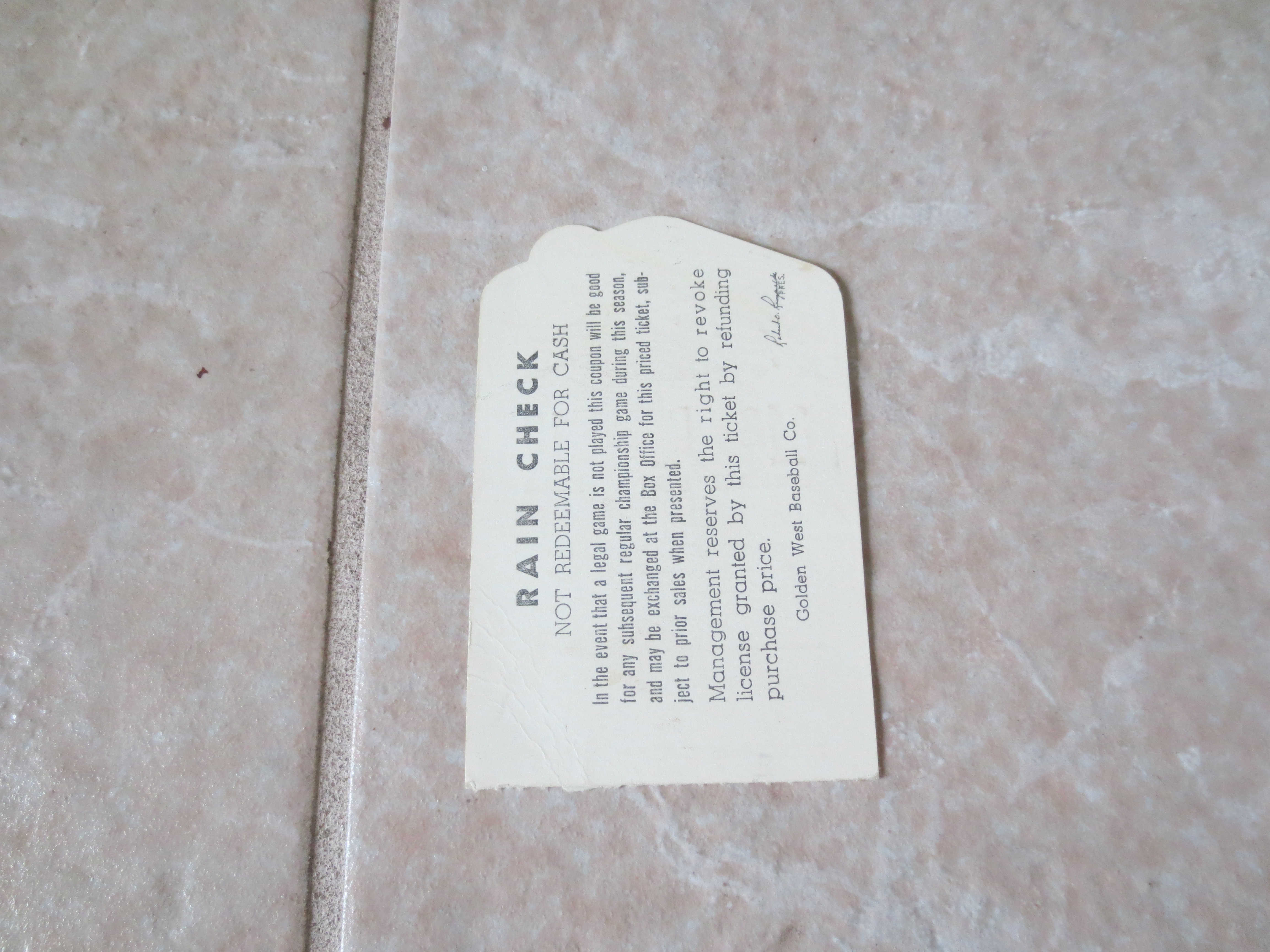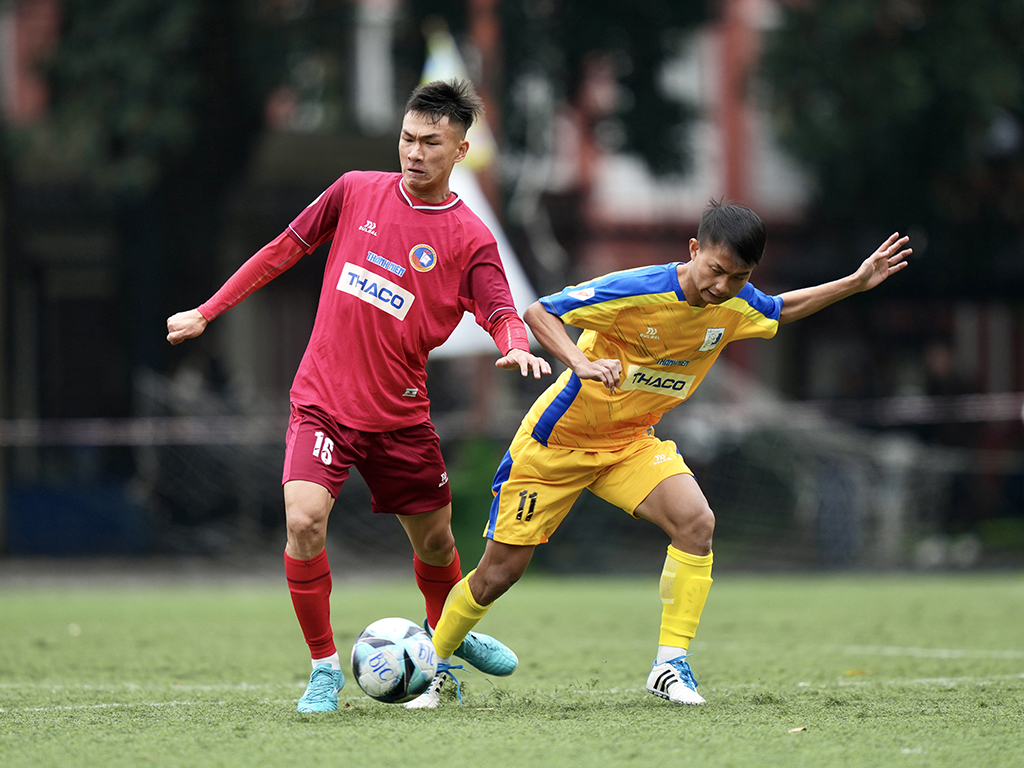Analyzing The Effect Of Warmer Weather On Russia's Military Campaign

Table of Contents
Logistical Challenges Exacerbated by Spring Thaw
The spring thaw in Ukraine significantly impacts Russia's ability to effectively conduct military operations. Russia's reliance on a robust logistical system for supplying its troops and equipment is severely tested by the changing conditions.
Impact on Road and Rail Networks
The transition from winter to spring brings "mud season," a period where melting snow and heavy rains saturate the ground, turning roads and rail lines into treacherous obstacles.
- Muddy conditions render many roads impassable, slowing down supply convoys and hindering the timely delivery of essential supplies like food, ammunition, and fuel. This logistical bottleneck directly impacts the operational tempo of Russian forces.
- Damage to rail lines due to ground saturation becomes more likely, further complicating the transportation of heavy equipment and personnel. Repairs are time-consuming and resource-intensive, adding to the strain on Russia's already stretched logistical capabilities.
- Increased fuel consumption due to difficult terrain adds to the logistical burden. Vehicles struggle to navigate muddy roads and require more fuel, stretching already thin resources. This can lead to fuel shortages for critical operations.
Difficulties in River Crossings
Rising river levels and saturated ground pose significant challenges for river crossings, a critical aspect of military maneuverability.
- Increased risk of bridge collapses and damaged pontoon crossings limits the ability of Russian forces to move troops and equipment across waterways quickly and efficiently. This can create chokepoints and vulnerable areas for attack.
- Delayed or hampered maneuverability of armored units significantly reduces their effectiveness. Heavy armored vehicles struggle in soft, muddy conditions, reducing their speed and mobility.
- Challenges in resupplying troops deployed across rivers create vulnerable pockets of isolated units, potentially leading to shortages and impacting their ability to maintain operations.
Impact on Troop Morale and Operational Effectiveness
The warmer weather, while seemingly beneficial, presents several challenges that directly impact troop morale and combat effectiveness.
Adverse Living Conditions
The spring thaw brings about conditions detrimental to troop well-being.
- Higher risk of disease outbreaks in unsanitary conditions due to stagnant water and increased insect activity puts a strain on medical resources and reduces combat readiness. Hygiene becomes a critical concern.
- Reduced combat effectiveness due to discomfort and illness. Soldiers dealing with illness and discomfort are less effective in combat. Fatigue and sickness take a significant toll.
- Strain on existing medical resources further exacerbates the challenges. Treating a larger number of sick and injured soldiers strains the already limited medical capacity.
Increased Visibility and Vulnerability
The improved visibility associated with warmer weather significantly increases the vulnerability of Russian troops.
- Reduced effectiveness of camouflage and concealment makes troops easier targets for Ukrainian artillery and air strikes. The advantage of concealment is lost.
- Increased targeting opportunities for Ukrainian forces allow them to more effectively target Russian positions and supply lines. This shifts the battlefield dynamic.
- Need for adjustments in defensive tactics is paramount to mitigate the increased risk. New defensive strategies and adaptations become necessary.
Strategic Implications and Shifting Military Tactics
The changing weather conditions necessitate a strategic reassessment and adaptation of military tactics by both sides.
Adaptation of Russian Military Strategy
Russia is forced to adapt its military strategy in response to the challenges posed by the spring thaw.
- Potential shifts in focus to less mud-affected areas may result in changes in strategic objectives and priorities. Areas with better terrain become more desirable for operations.
- Increased reliance on air power for supply and troop movement may become necessary to circumvent ground-based logistical challenges. Airlifting becomes more crucial.
- Adjustment of offensive and defensive positions based on the changing terrain and accessibility is vital for maintaining operational effectiveness. Positions must be reassessed for viability.
Opportunities for Ukrainian Forces
The spring thaw presents Ukraine with several strategic opportunities to exploit Russia's weakened logistical and operational position.
- Exploiting logistical challenges faced by Russian forces can be a significant advantage in disrupting Russian operations and supply lines. Targeted strikes on vulnerable supply routes become more feasible.
- Targeting vulnerable supply lines and troop concentrations offers the opportunity to inflict significant losses on the Russian military. This offers a potential for significant gains.
- Increased mobility for Ukrainian mechanized units in less affected areas can allow for more effective counteroffensives and territorial gains. This presents the chance to retake lost ground.
Conclusion
Warmer weather presents significant challenges for Russia's military campaign in Ukraine. The spring thaw dramatically impacts logistics, troop morale, and overall operational effectiveness, creating opportunities for Ukrainian forces. Analyzing the effect of warmer weather on Russia's military campaign is crucial for understanding the evolving dynamics of the conflict and predicting future military actions. Understanding the impact of seasonal changes on military operations, such as the effects of the spring thaw, is critical for accurate geopolitical analysis and forecasting. To stay informed about the ongoing conflict and the impact of weather on military operations, continue to follow reputable news sources and analyses of Russia's military campaign.

Featured Posts
-
 Millions Stolen Office365 Breach Nets Crook Millions Fbi Says
May 01, 2025
Millions Stolen Office365 Breach Nets Crook Millions Fbi Says
May 01, 2025 -
 Alteawn Yezz Slslt Mmyzt Lmwajht Thdyat Alshbab
May 01, 2025
Alteawn Yezz Slslt Mmyzt Lmwajht Thdyat Alshbab
May 01, 2025 -
 Russias Military Campaign How Will Warmer Weather Influence Progress
May 01, 2025
Russias Military Campaign How Will Warmer Weather Influence Progress
May 01, 2025 -
 Xrp Jumps Presidents Statement Linking Trump And Ripple Drives Market Surge
May 01, 2025
Xrp Jumps Presidents Statement Linking Trump And Ripple Drives Market Surge
May 01, 2025 -
 Cadeau Exceptionnel Le Poids En Chocolat Offert Par Une Boulangerie Normande
May 01, 2025
Cadeau Exceptionnel Le Poids En Chocolat Offert Par Une Boulangerie Normande
May 01, 2025
Latest Posts
-
 High Walk Count And Injuries Impact Angels Home Opener
May 01, 2025
High Walk Count And Injuries Impact Angels Home Opener
May 01, 2025 -
 Angels Opening Day A Game Of Walks And Injuries
May 01, 2025
Angels Opening Day A Game Of Walks And Injuries
May 01, 2025 -
 Home Opener Disappointment Angels Struggle With Walks And Injuries
May 01, 2025
Home Opener Disappointment Angels Struggle With Walks And Injuries
May 01, 2025 -
 Poor Control And Injuries Plague Angels Home Debut
May 01, 2025
Poor Control And Injuries Plague Angels Home Debut
May 01, 2025 -
 Tnsv Thaco Cup 2025 Lich Thi Dau Kenh Phat Song Va Thong Tin Chi Tiet Vong Chung Ket
May 01, 2025
Tnsv Thaco Cup 2025 Lich Thi Dau Kenh Phat Song Va Thong Tin Chi Tiet Vong Chung Ket
May 01, 2025
